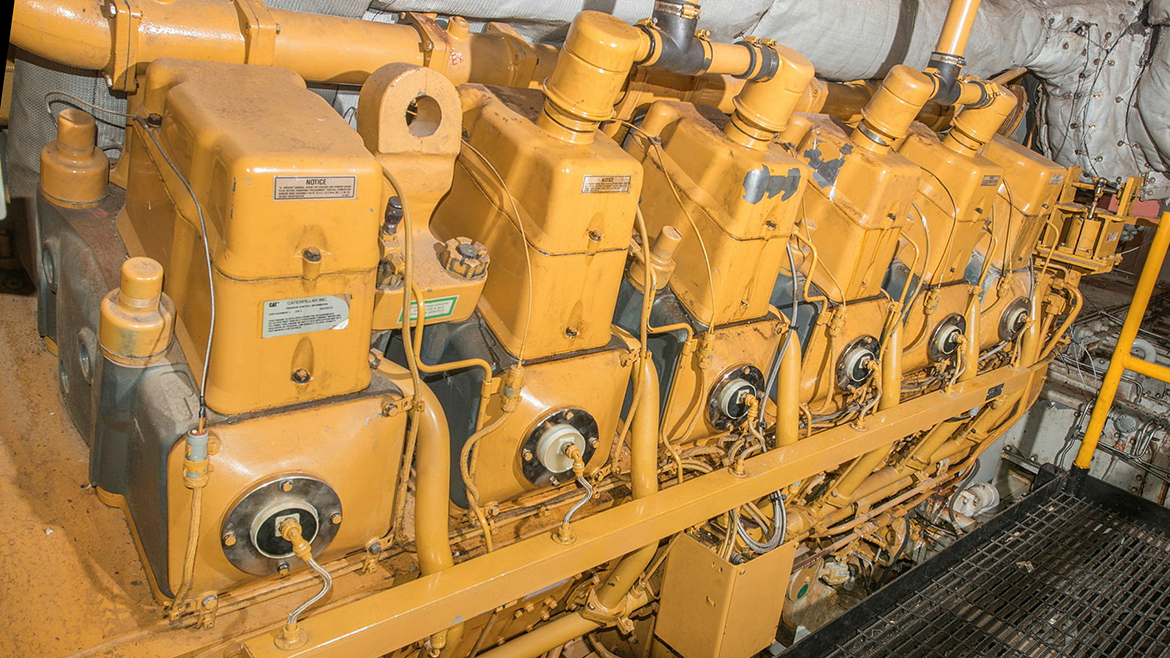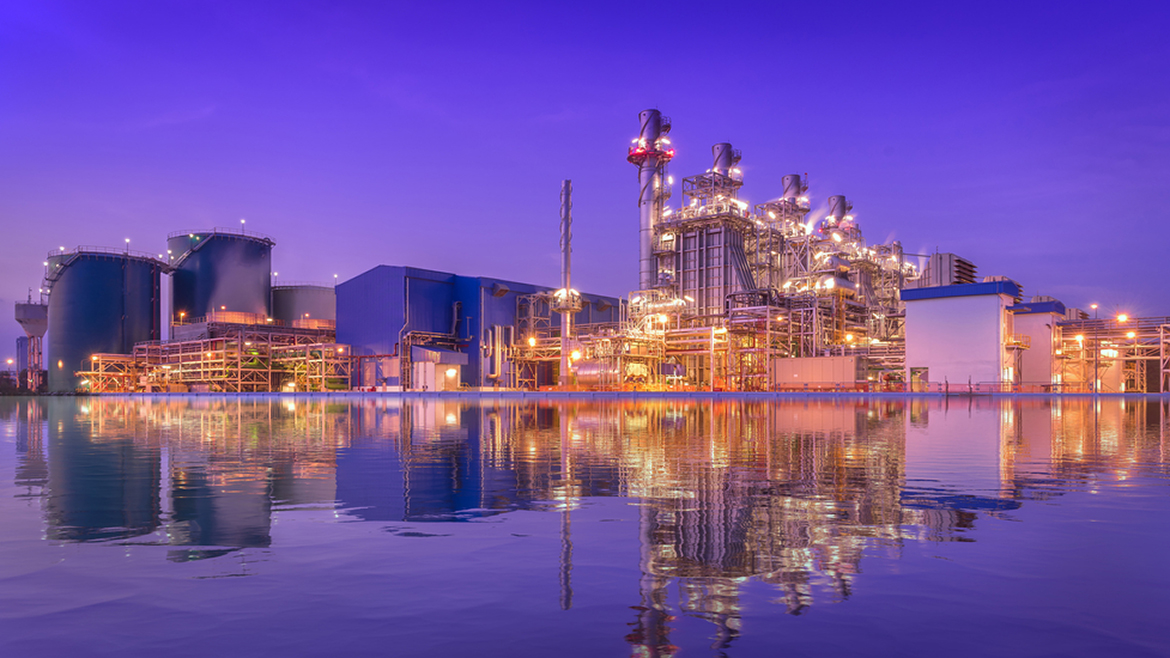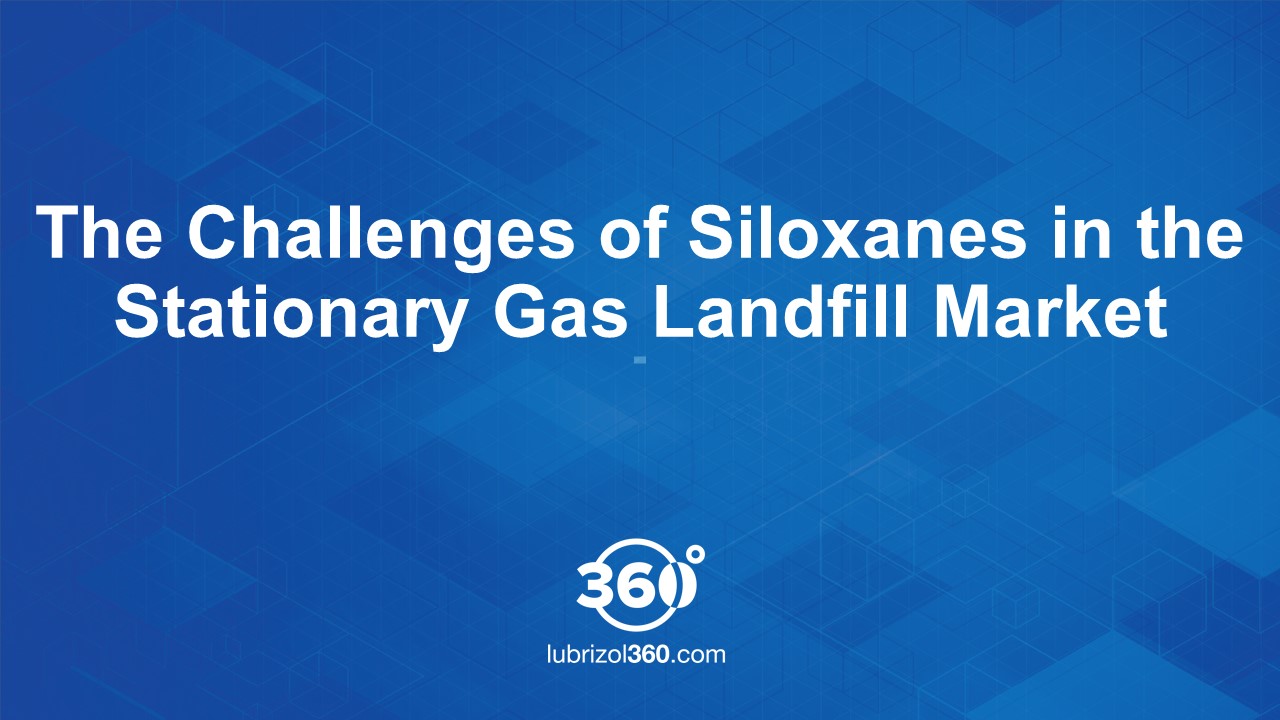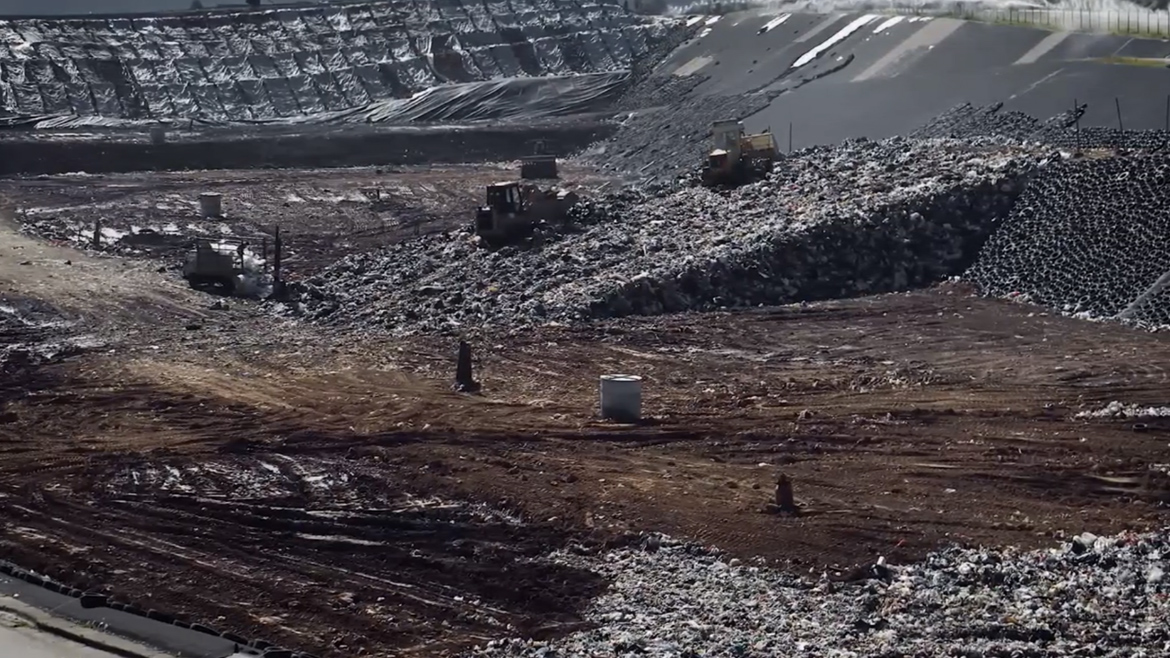Article four of a four-part series, discussing the growth in the demand for gas around the world, the increased requirement for stationary gas engines and the importance of correctly formulated oils for these engines.
Different stationary gas engine types, different applications and different fuel qualities are all driving engine lubricant selection. The careful formulation of today’s higher performing stationary gas engine oils is more critical than ever.
Stationary gas engine oils must deliver on a number of fronts. They need to provide excellent wear protection, resist viscosity increases and control deposit formation. These oils need to provide minimal deposit formation as well as retain Total Base Number (TBN) reserves. They need to cater for a growing range of gas fuel types, with varying levels of quality and contaminants, as well as enable efficiency improvements in the latest Original Equipment Manufacturer (OEM) hardware designs.
Formulating stationary gas engines oils is complex - and formulators need to address unique and often conflicting technical requirements. Alongside the base oil, typical additives used to formulate stationary gas engine oils include dispersants, antioxidants, detergents, antiwear agents, metal passivators and antifoam agents.
There is no "one-size-fits-all" solution to formulating stationary gas engine oils. For example, changes in engine hardware designs to deliver higher Brake Mean Effective Pressure (BMEP) engines are creating a harsher operating environment for the oil. This means a different formulating approach, including the antioxidant, will be required compared to engines with a lower BMEP.
Balancing the correct ash levels in stationary gas engine oils is crucial to ensure valves do not prematurely wear, usually on the valve seats, otherwise known as valve seat recession. While insufficient ash can lead to lack of protection, the build-up of too much ash can lead to hot spots or torching. Too little or too much ash can ultimately result in engine failure and costly downtime. Low ash levels are typically required for natural gas fuels. Biogas and landfill gas applications typically require medium and high ash levels where the contaminants, notably hydrogen sulfide (H2S) gas, need to be addressed through changes to the engine oil's detergent additive chemistry.
The engine lubricant’s ability to handle contaminants is vital. The contaminants in biogas and landfill gas are significantly greater than natural gas. H2S can form acidic species in the engine, while siloxanes can form hard deposits in the engine, coating them with a thick and hard abrasive layer. Such deposits caused by siloxanes can cause wear, increased oil consumption and costly repairs. For the engine lubricant, this requires the oil to work harder to neutralize or disperse the contaminants and avoid excessive oxidation. Without careful formulation, a lack of control of these elements will require the lubricant to be replaced more frequently to prevent damage to the engine.
While the market today primarily uses SAE 40 viscosity grade oils, both SAE 40 and SAE 30 viscosity grades are recommended by OEMs, with multi-viscosity grades (typically SAE 15W-40) also recommended for start/stop in colder climates.
This is a bespoke process; each oil has to be carefully formulated, tested and approved to meet the specific needs of the engine, fuel and application.
Within the stationary gas engine industry, a high level of trust exists in the finished engine oil. OEMs need to trust that the engine lubricant will perform as intended throughout the drain interval on their major pieces of equipment that are expected to perform 24/7.
As opposed to other industry standards, stationary gas engine oil approvals are driven by field trials approved by the relevant OEM. Approval trials are both expensive and lengthy, with costs typically varying from USD $100,000 to USD $500,000. Durations vary from 2,000 hours to 10,000 hours, although 4,000 to 6,000 hours are most common. While one successful field trial can result in OEM approval, some approvals require two engines at different sites as part of the OEM’s approval. Given the lack of industry standards, using field trial tested, OEM approved oils will offer high levels of reliability and engine protection.
Our View
Stationary gas engine oils are crucial to helping deliver performance and efficiency improvements to engines across the world.
Changes in engine hardware design as well as varying applications and gas fuel qualities mean that different formulation approaches are required to meet the demands of today’s stationary gas engine oil.
The use of carefully formulated and approved stationary gas engine oils is vital in order to enable today’s higher efficiency stationary gas engines to continue their crucial role in the extraction and delivery of gas fuels across the world.
For more information on stationary gas engine oils contact your Lubrizol representative.






